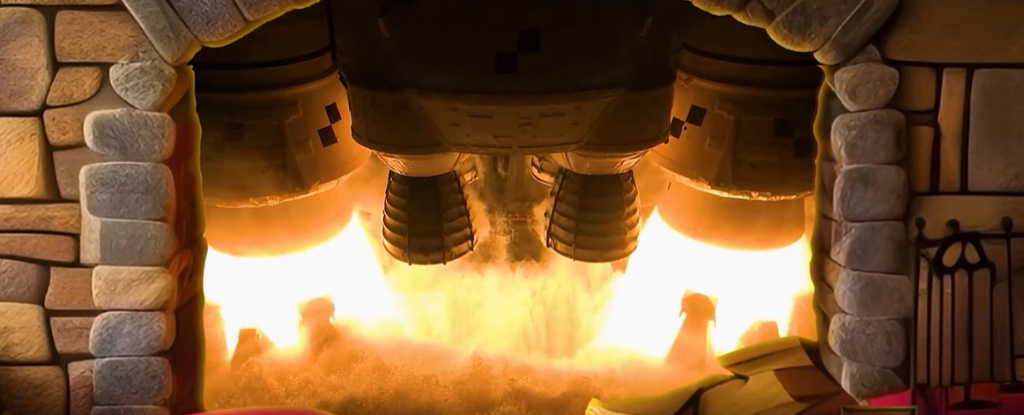
In a festive twist, NASA has released a holiday fireplace video that humorously combines the warmth of a traditional fireplace with the powerful imagery of rocket engines. Set to debut on November 29, 2024, the video features the roaring RS-25 engines and solid boosters from the Artemis 1 launch, which took place in November 2022 [3a5077ad]. This 8-hour looping video offers viewers a unique blend of holiday cheer and space exploration, showcasing the contrast between the serene ambiance of a fireplace and the exhilarating spectacle of a rocket launch [3a5077ad].
The release of this video reflects NASA's innovative approach to holiday celebrations, merging tradition with modern advancements in space technology. It serves as a reminder of the agency's ongoing commitment to progress while also celebrating the spirit of the season [3a5077ad]. The juxtaposition of the calming visuals of a fireplace against the backdrop of powerful rocket engines highlights the balance between tradition and progress, making it a humorous yet thought-provoking addition to holiday viewing [3a5077ad].